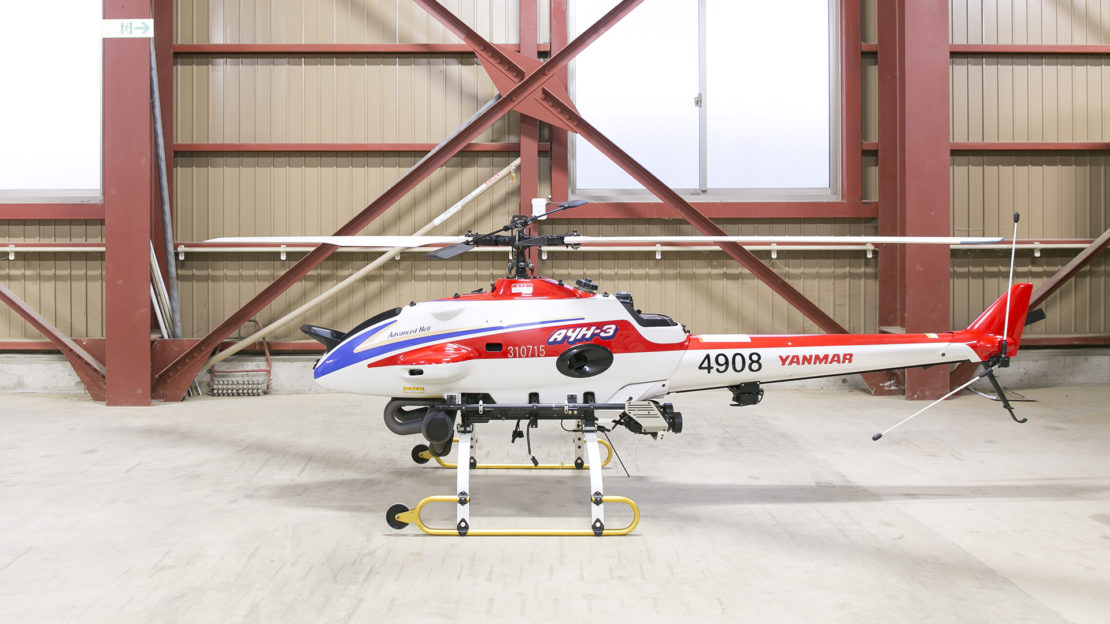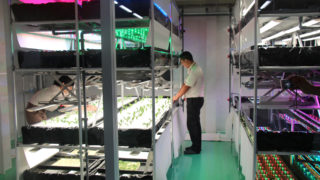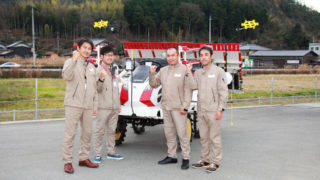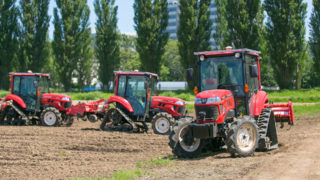Yanmar’s new challenge from the sky: the optimization of rice cultivation using remote sensing technology. Using drones, we will monitor from the sky in order to understand and analyze the growing conditions of rice Then utilizing the results to allow the optimum quantity of supplementary fertilizer to be applied to keep the rice in top condition. With drones at the forefront, we aim to make use of ICT to reinvigorate Japanese agriculture.
In developing this technology, the “ISSA Yamagata (Imaging System for Smart Agriculture)” was formed by five organizations, including Yanmar: Konica Minolta Co., the Faculty of Agriculture at Yamagata University, Tsuruoka Green Farm Ltd., Ito Electronics Co., and Yanmar Heli & Agri Co.). Last time, I spoke with the two companies that took the lead on the technological side: Konica Minolta Co. and Yanmar Heli & Agri Co.
In this second part, I visited Yamagata, the stage for the demonstration experiment of the project. How did the project get underway? How was the experiment carried out? And what did they learn from it?
I spoke with Professor Hiroshi Fujii of Yamagata University, who first created the the project, and also President Atsushi Otaki of Tsuruoka Green Farm who spoke to me from the standpoint of a researcher and a farmer, respectively.
![]() Yamagata University, Faculty of Agriculture, Professor Hiroshi Fujii
Yamagata University, Faculty of Agriculture, Professor Hiroshi Fujii
![]() Atsushi Otaki, President Tsuruoka Green Farms Ltd.
Atsushi Otaki, President Tsuruoka Green Farms Ltd.
The opportunity came from an idea ten years ago
Farmers looking for a chance to save labor
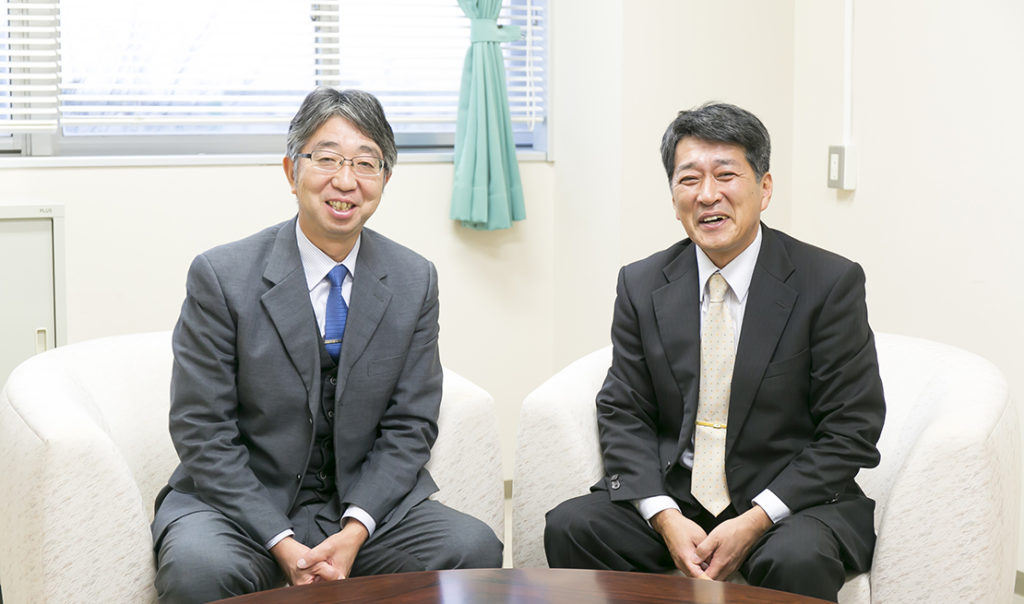
— Today, I would like to have Mr. Fujii and Mr. Otaki tell us about the project from their respective positions as researcher and farmer engaged in this project. First, I heard that the origin of this project was a proposal Professor Fujii made to Konica Minolta.
That brings us all the way back to 2003, when I was doing research on agricultural technology as an employee of Yamagata Prefecture. At that time, I was wondering whether the color of rice leaves could be measured using digital cameras. Until then, we used a chlorophyll meter (SPAD) to measure the color of each individual leaf, one by one, in order to understand the growing conditions. However, this procedure took too much time, and we were only ever able to measure a very small amount of the total number of rice stalks. If we were able to measure using the photographs of digital cameras, I thought we would be able to easily measure many more leaves than before.
Since they understood the technology, I collaborated with Yamagata’s electronic parts maker, Ito Electronics, to produce a camera. This all happened about ten years ago. However, since that time, the environment of the agricultural sector has changed. The number of farmers has decreased, and rice paddies started becoming larger and larger in order to increase efficiency. Because of this, I felt that it was already becoming difficult to have people with a normal cameras take pictures of leaves and measure them. However, I also felt that it would be useless unless you were able to measure a wide area to shoot from the sky all at once. Hitting up against the limits of technology, we were in a dead end for a number of years. But a new chapter began in 2012, when Ito Electronics put me in touch with Konica Minolta, and I had the opportunity to consult with them.
— Mr. Otaki is providing the fields for this project. What kind of expectations did you have?
![]() This year, our Tsuruoka Green Farm will be in its twelfth year. We began with 61.8 acres (25 hectares), and now we have about 138.4 acres (56 hectares). Since there were eight employees, at the start it would have been good to have one person manage 12-14 acres (5 or 6 hectares), but the total area under management has been growing. We were talking a lot at meetings about whether or not it would be possible to find a more efficient way to work. This is when I was first introduced to these ideas. I immediately replied that we would give our total cooperation.
This year, our Tsuruoka Green Farm will be in its twelfth year. We began with 61.8 acres (25 hectares), and now we have about 138.4 acres (56 hectares). Since there were eight employees, at the start it would have been good to have one person manage 12-14 acres (5 or 6 hectares), but the total area under management has been growing. We were talking a lot at meetings about whether or not it would be possible to find a more efficient way to work. This is when I was first introduced to these ideas. I immediately replied that we would give our total cooperation.
Adjusting the camera, adopting drones, understanding the growth situation
Laying the foundations of the project in the first year.
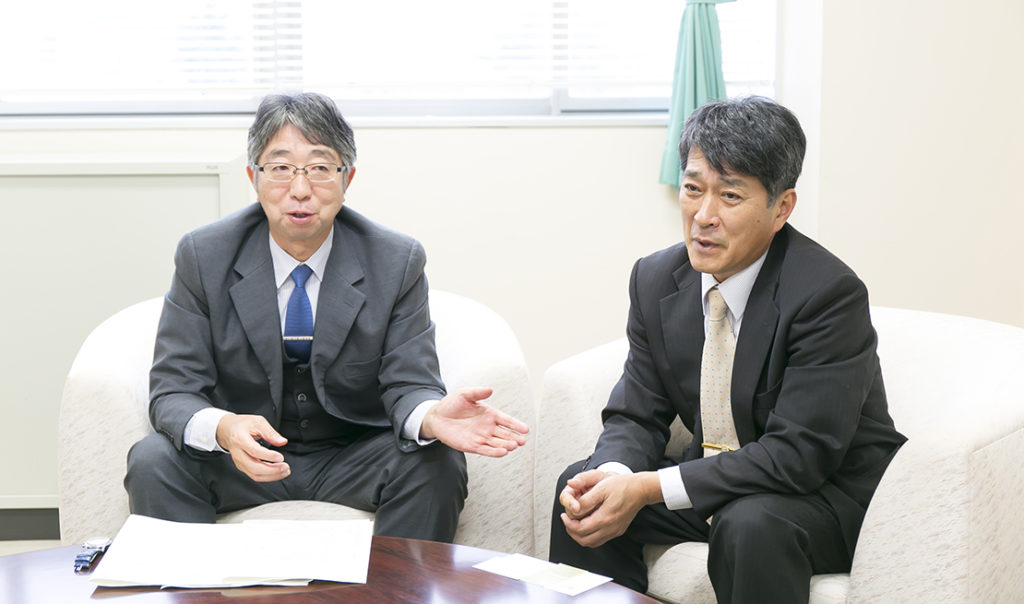
— What was the specific role of Yamagata University in the project?
![]() First, we started doing photography experiments in order to complete the camera. We began by making a variety of different kinds of rice, with different leaf colors and volumes. Then we took pictures of these plants, and as we took these pictures, we manually used SPAD to measure the leaf’s color. While checking the relationship between the image and the SPAD value, we attempted to increase the accuracy of the camera. Ultimately, we figured out a mechanism for measuring the leaf color correctly, irrespective of the weather. This was in the first year of the project.
First, we started doing photography experiments in order to complete the camera. We began by making a variety of different kinds of rice, with different leaf colors and volumes. Then we took pictures of these plants, and as we took these pictures, we manually used SPAD to measure the leaf’s color. While checking the relationship between the image and the SPAD value, we attempted to increase the accuracy of the camera. Ultimately, we figured out a mechanism for measuring the leaf color correctly, irrespective of the weather. This was in the first year of the project.
…the helicopter’s upward flight caused too much downward wind and vibrations.
— I heard that developing the helicopter also took a year of trial and error. When we tried to take pictures with the camera mounted on an unmanned helicopter, we were unable to take very good pictures, because the helicopter’s upward flight caused too much downward wind and vibrations.
![]() Yes, that’s right. The unmanned helicopter that we were trying to use to take pictures was Yanmar’s pest control helicopter. The maneuvering was done by our company’s managing director, Katsumi Ishii. He was used to flying radio controlled helicopters as a hobby, and he also owned some drones. The pictures he took were very clear. This made us think that, since it was difficult to maneuver the helicopter, perhaps drones would be better.
Yes, that’s right. The unmanned helicopter that we were trying to use to take pictures was Yanmar’s pest control helicopter. The maneuvering was done by our company’s managing director, Katsumi Ishii. He was used to flying radio controlled helicopters as a hobby, and he also owned some drones. The pictures he took were very clear. This made us think that, since it was difficult to maneuver the helicopter, perhaps drones would be better.
![]() When I saw some of the pictures taken by Mr. Ishii, the usual old rice fields appeared totally different. You could understand the state of the rice field from the picture as though you were touching the rice with your own hand. The drones were not able to fly for very long, and they also had weak power. However, with Konica Minolta working on making the camera weigh less, we decided to go with drones from the second year.
When I saw some of the pictures taken by Mr. Ishii, the usual old rice fields appeared totally different. You could understand the state of the rice field from the picture as though you were touching the rice with your own hand. The drones were not able to fly for very long, and they also had weak power. However, with Konica Minolta working on making the camera weigh less, we decided to go with drones from the second year.
In the first year, it was also important to investigate how much variation there was in the growth of rice in the field. The goal of this project is to understand variations in growing condition using pictures taken from the sky, and then to adapt fertilization in light of this understanding. In other words, we want to optimize the amount of fertilizer spread on each specific location to correspond with the growing conditions there. In this way, we hope to achieve growth that is stable. In order to do this, we first needed to understand the present conditions.
— How did you conduct your investigation?
![]() We separated the rice field of 33 yards x 109 yards (3/4 of an acre) [(30 m × 100 m (= 30 ares)] into 30 sections of 11 yards x 11 yards (10 m × 10 m). We then examined the growth situation and yield of each, and then quantified the results. Investigating the growth situation meant examining leaf color (SPAD value), number of plants/stalks, plant height, etc. Each section had about 12 rice plants and 3 stocks to investigate, and we had to measure each of these plants one by one, so it was a lot of work. At that time, the students at Yamagata University’s Faculty of Agriculture worked really hard!
We separated the rice field of 33 yards x 109 yards (3/4 of an acre) [(30 m × 100 m (= 30 ares)] into 30 sections of 11 yards x 11 yards (10 m × 10 m). We then examined the growth situation and yield of each, and then quantified the results. Investigating the growth situation meant examining leaf color (SPAD value), number of plants/stalks, plant height, etc. Each section had about 12 rice plants and 3 stocks to investigate, and we had to measure each of these plants one by one, so it was a lot of work. At that time, the students at Yamagata University’s Faculty of Agriculture worked really hard!
the differences were much bigger than we had imagined.
![]() You could tell that there were variations even just by looking, but when we measured it as an objective numerical value, the differences were much bigger than we had imagined. For example, in terms of harvest yield, one section might give 750 pounds (340 kg), and another one might give more than 1323 pounts (600kg).
You could tell that there were variations even just by looking, but when we measured it as an objective numerical value, the differences were much bigger than we had imagined. For example, in terms of harvest yield, one section might give 750 pounds (340 kg), and another one might give more than 1323 pounts (600kg).
Human eyes were replaced by cameras, and human hands were replaced by helicopters efficient and energy saving: a clear and confirmed result
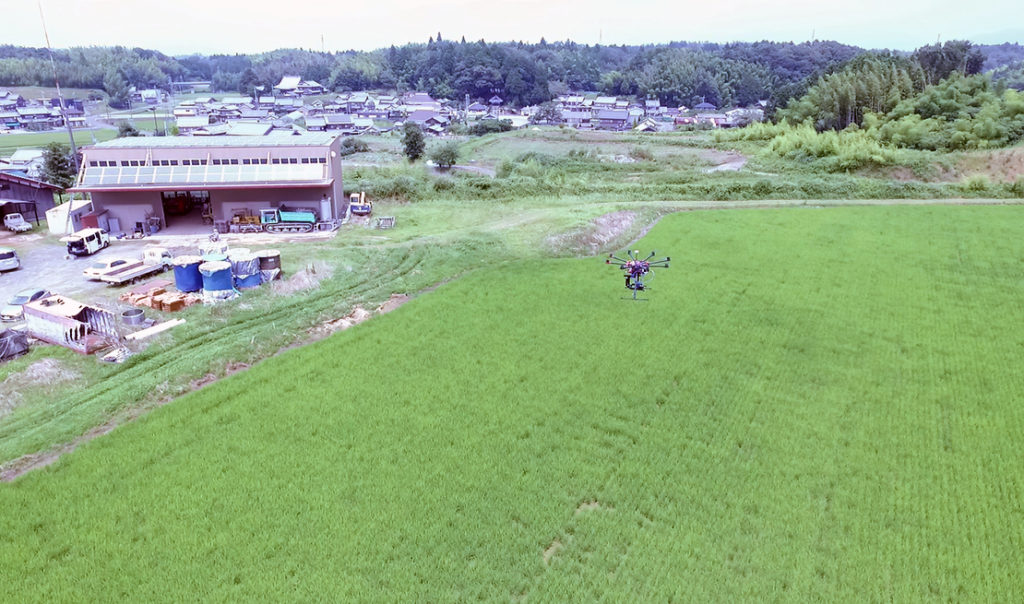
— In the first year, all the necessary elements were there for the experiment.
![]() This time, with our new camera developed, we could determine the leaf color and the number of stalks. Then, by multiplying that number, we are able to calculate the nitrogen content of the land. Nitrogen content represents the power (=fertility) that the land originally possesses, so if you look at the variations in fertility in the first year, you can change the amount of fertilizer you distribute in April before planting rice in the second year. After that, we investigate the growing situation using drone photography. Based on these intermediate results, we are able to distribute the optimum amount of extra fertilizer for each location. Then, we measured the final yield on a location by location basis, which allowed us to confirm the effectiveness of variable fertilization.
This time, with our new camera developed, we could determine the leaf color and the number of stalks. Then, by multiplying that number, we are able to calculate the nitrogen content of the land. Nitrogen content represents the power (=fertility) that the land originally possesses, so if you look at the variations in fertility in the first year, you can change the amount of fertilizer you distribute in April before planting rice in the second year. After that, we investigate the growing situation using drone photography. Based on these intermediate results, we are able to distribute the optimum amount of extra fertilizer for each location. Then, we measured the final yield on a location by location basis, which allowed us to confirm the effectiveness of variable fertilization.
![]() We were once again really surprised by the high resolution of the drone photography! The drone flies 100 feet (30 meters) above the ground, but the resolution is one inch (3 cm). You can determine the size of the rice stalks You can even see the individual places where stalks are missing, where there should be a rice stalk but the stalk is not there. That part was really surprising. It was more than just exciting. It was actually almost frightening! (laughter)
We were once again really surprised by the high resolution of the drone photography! The drone flies 100 feet (30 meters) above the ground, but the resolution is one inch (3 cm). You can determine the size of the rice stalks You can even see the individual places where stalks are missing, where there should be a rice stalk but the stalk is not there. That part was really surprising. It was more than just exciting. It was actually almost frightening! (laughter)
— then the second year? When we conducted variable fertilization on “Haenuki” rice – a variety for which we are concerned more with raising yield than raising quality – the yield increased by 14%. Meanwhile, for brand name varieties of rice like “Tsuyahime,” for which improving the quality is important, even though the quantity of the yield decreased, the quality improved. This meant that the farmers were able to sell it at a higher price, which increased their income by 33%. Does it all seem to have progressed according to your expectations?
![]() Since we had that first year, we were able to spread less fertilizer on places where the fertility of the land was high, and more on places where the fertility was low. Up to now, we had just been spreading it evenly everywhere. In the second year, I looked at the areas where we used the same system we had been using up till then, and compared these areas to the areas where we had started using our new variable fertilization system. The areas in which we used variable fertilization had clearly reduced variation in the rice. In other words, we were able to prove the effectiveness of our new method.
Since we had that first year, we were able to spread less fertilizer on places where the fertility of the land was high, and more on places where the fertility was low. Up to now, we had just been spreading it evenly everywhere. In the second year, I looked at the areas where we used the same system we had been using up till then, and compared these areas to the areas where we had started using our new variable fertilization system. The areas in which we used variable fertilization had clearly reduced variation in the rice. In other words, we were able to prove the effectiveness of our new method.
![]() The main point in determining the quality of rice is the amount of protein. If there is too much, it is too sticky and does not taste as good. Adding a lot of fertilizer will increase the yield at harvest, but this will also increase the amount of protein in the rice, so it is important to make adjustments in light of this. “Haenuki” has a fairly large amount of protein, but we would like to increase the yield at harvest. As for “Tsuyahime,” it is necessary to hold down the amount of protein.
The main point in determining the quality of rice is the amount of protein. If there is too much, it is too sticky and does not taste as good. Adding a lot of fertilizer will increase the yield at harvest, but this will also increase the amount of protein in the rice, so it is important to make adjustments in light of this. “Haenuki” has a fairly large amount of protein, but we would like to increase the yield at harvest. As for “Tsuyahime,” it is necessary to hold down the amount of protein.
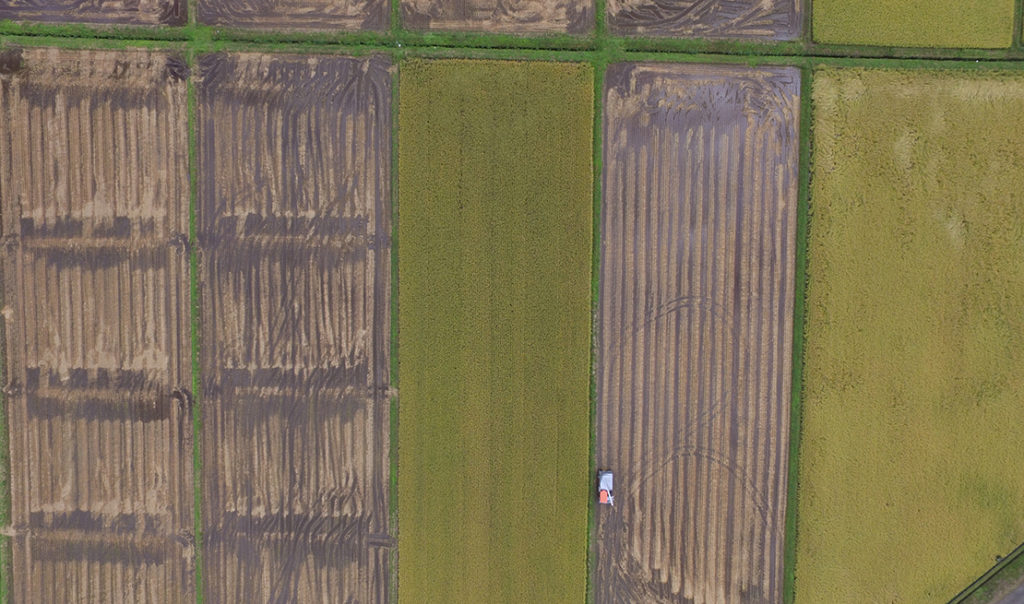
![]() We made the change from judging with human eyes, as we had been doing up to now, to using a camera, and we also changed from fertilizing by hand to fertilizing with a helicopter. Accuracy can be obtained from diagnosis to treatment by working with machines. In this way, we can secure both the quality and the yield that we desire. Furthermore, we realized that we would not have to waste fertilizer.
We made the change from judging with human eyes, as we had been doing up to now, to using a camera, and we also changed from fertilizing by hand to fertilizing with a helicopter. Accuracy can be obtained from diagnosis to treatment by working with machines. In this way, we can secure both the quality and the yield that we desire. Furthermore, we realized that we would not have to waste fertilizer.
The bigger the field, the greater the benefits should be. If the field is big, even a slight difference can have an impact. In the future, as the size of farms increases more and more, I think that the significance of creating such technology will grow. And adding one more point, there is also a great value in saving the data in the image. In other words, historical records are accumulated for each piece of land, and after many years it will become “big data.” Then, when the next generation of workers enters the farm, they will be able to look at the data and reliably take over the work from the previous generation.
![]() Even though we used to write a report every year, there is no way to write in so much detail. Of course, we pass on our instincts and our experience through our bodies, but it is difficult to pass these things on accurately. This is where the difficulty of passing on an inheritance lies. Abnormal weather is also increasing in recent years. However, if we have detailed data, I think it should be possible to pass on our experiences properly to the next generation, to help in things like how to overcome difficult years.
Even though we used to write a report every year, there is no way to write in so much detail. Of course, we pass on our instincts and our experience through our bodies, but it is difficult to pass these things on accurately. This is where the difficulty of passing on an inheritance lies. Abnormal weather is also increasing in recent years. However, if we have detailed data, I think it should be possible to pass on our experiences properly to the next generation, to help in things like how to overcome difficult years.
![]() Our operational capacity has also improved considerably. If a field is fertilized by hand, you have to carry 20 kg of fertilizer in the scorching sun. This is extremely difficult work, and when you get tired your efficiency and accuracy will naturally go down. I think that the fact that we are now able to do this mechanically is very important for farmers.
Our operational capacity has also improved considerably. If a field is fertilized by hand, you have to carry 20 kg of fertilizer in the scorching sun. This is extremely difficult work, and when you get tired your efficiency and accuracy will naturally go down. I think that the fact that we are now able to do this mechanically is very important for farmers.
I have been able to fulfill my desire to “Do something for Japanese agriculture”

— This year is this project’s final year. Although the results of this year are not yet in, is it possible to evaluate the consortium’s efforts at this stage?
![]() I think that it was very good that we were able to establish a consortium. First, we were able to cooperate with professionals from each field. Professional camera makers, professional machinery manufacturers – not only were we able to make use of each other’s’ strengths, we also received some serious feedback from professional farmers managing large scale farms. Also, because everyone shared the desire to do something in the service of Japanese agriculture, we were able to advance with some very good team work. And I felt that we were able to realize this desire not only in words, but also in actual mechanisms and tools.
I think that it was very good that we were able to establish a consortium. First, we were able to cooperate with professionals from each field. Professional camera makers, professional machinery manufacturers – not only were we able to make use of each other’s’ strengths, we also received some serious feedback from professional farmers managing large scale farms. Also, because everyone shared the desire to do something in the service of Japanese agriculture, we were able to advance with some very good team work. And I felt that we were able to realize this desire not only in words, but also in actual mechanisms and tools.
![]() Although the efforts of farmers to organize and incorporate is proceeding across the entire nation, as a matter of fact, in most cases not much has changed except an increase in the shared use of machinery and an increase in the acreage of the farms. I think that farmers are desperately trying to figure out how to stabilize incomes and secure reasonable vacation time. However, they have not yet been able to figure out how to do this.
Although the efforts of farmers to organize and incorporate is proceeding across the entire nation, as a matter of fact, in most cases not much has changed except an increase in the shared use of machinery and an increase in the acreage of the farms. I think that farmers are desperately trying to figure out how to stabilize incomes and secure reasonable vacation time. However, they have not yet been able to figure out how to do this.
But now, the development of this new technology is a big deal for people who work on the land. It’s still only the third year, but good results have already been obtained. In the future, we think that better results can be expected, through repeatedly experimenting on different varieties of rice in different prefectures. Of course, I think there is still a need for the research to be improved. However, I also think that this technology is a shining ray of hope for the future of agriculture in Japan.
— This time, listening to your story, we have got a sense for your passionate commitment to agriculture. As Mr. Fujii said earlier, I feel that our common desire is the driving force of this consortium.
![]() I think that the landscape of paddy fields is the original scenery of the Japanese mind. And my desire is to properly protect this landscape. Moreover, I feel that Japanese people do not have enough awareness of the question of “Who is making the food we eat?” As the climate and the political situation become unstable, and things that once went without saying now come into question, all of us will have to become aware of this kind of thing, or else Japan’s supply of food will be in danger.
I think that the landscape of paddy fields is the original scenery of the Japanese mind. And my desire is to properly protect this landscape. Moreover, I feel that Japanese people do not have enough awareness of the question of “Who is making the food we eat?” As the climate and the political situation become unstable, and things that once went without saying now come into question, all of us will have to become aware of this kind of thing, or else Japan’s supply of food will be in danger.
I think that the real meaning of this consortium lies here, in the fact that it will help Japan ensure its supply of food. I hope that consumers will pay attention to the fact that a new kind of agriculture is starting, and will then take another look at the food situation in Japan.

 Agriculture
Agriculture
 Recreational Marine
Recreational Marine
 Recreational Boat
Recreational Boat
 Premium Cruiser
Premium Cruiser
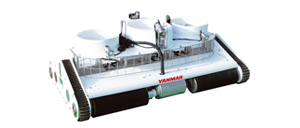 Marine Equipment
Marine Equipment
 Marine Commercial
Marine Commercial
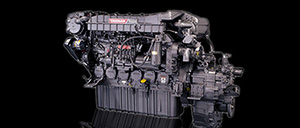 Propulsion Engines (High Speed)
Propulsion Engines (High Speed)
 Propulsion Engines (Medium Speed)
Propulsion Engines (Medium Speed)
 Auxiliary Engines
Auxiliary Engines
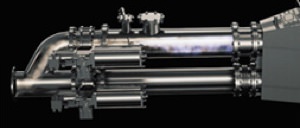 SCR System
SCR System
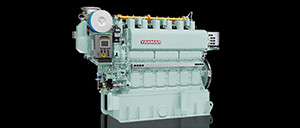 Dual Fuel Engine
Dual Fuel Engine
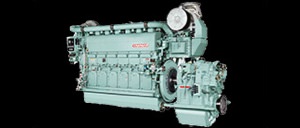 Two-stage Turbocharging System
Two-stage Turbocharging System
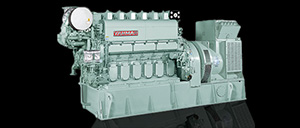 Electric Propulsion System
Electric Propulsion System
 Energy Systems
Energy Systems
 Construction
Construction
 Industrial Engine
Industrial Engine
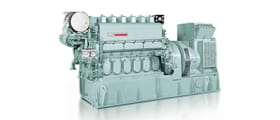 Large Generators
Large Generators
 Power Products
Power Products






















